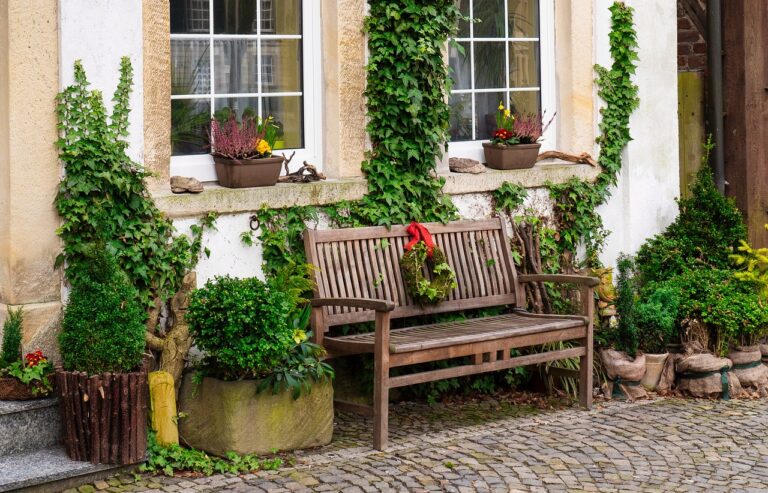
How To Start Interior Design Business In India
Starting an interior design business in India can be a rewarding venture, combining creativity with entrepreneurship. With the growing demand for interior design services due to urbanization and rising disposable incomes, this field offers substantial opportunities.
This guide will provide a comprehensive overview of the steps involved in launching your own interior design business in India.

Understanding the Interior Design Landscape in India
The Indian interior design market has seen significant growth, driven by factors such as:
- Urbanization: Rapid urban growth has increased the demand for residential and commercial spaces that require professional design.
- Changing Lifestyles: A shift towards modern living spaces and aesthetics has led to more individuals seeking professional help.
- Increased Income Levels: As disposable incomes rise, more people are willing to invest in quality interior design.
Steps to Starting an Interior Design Business in India
Step 1: Research and Identify Your Niche
Before starting your business, it’s crucial to identify your target audience and niche within the interior design sector. This could include:
- Residential Design: Focusing on homes and apartments.
- Commercial Design: Working with offices, retail spaces, and hospitality.
- Specialized Services: Offering services like sustainable design, smart home technology integration, or luxury interiors.
Understanding your niche will help you tailor your marketing strategies and service offerings.
Step 2: Create a Business Plan
A well-structured business plan is essential for any startup. It should include:
- Business Description: Define your business name, vision, mission, and goals.
- Market Analysis: Research the competition and identify potential clients.
- Marketing Strategy: Outline how you plan to attract clients.
- Financial Plan: Include startup costs, pricing strategy, and projected revenue.
This plan will serve as a roadmap for your business and is often required if you seek external funding.
Step 3: Legal Structure and Registration
In India, you need to legally register your business. Common structures include:
- Sole Proprietorship
- Partnership Firm
- Limited Liability Partnership (LLP)
- Private Limited Company
Each structure has its advantages and disadvantages regarding liability, tax implications, and compliance requirements. You will also need to obtain:
- PAN (Permanent Account Number) for tax purposes.
- GST Registration if your turnover exceeds the threshold limit.
- Shop and Establishment License, depending on local regulations.
Step 4: Initial Investment
Starting an interior design business requires an initial investment. Key expenses may include:
| Expense Type | Estimated Cost (INR) |
|---|---|
| Company Registration | 25,000 |
| Trade License | 2,500 annually |
| Office Setup (furniture & decor) | 50,000 – 1,00,000 |
| Marketing & Promotion | 20,000 |
| Website Development | 25,000 |
| Software Licenses (e.g., AutoCAD) | 30,000 – 1,00,000 |
Consider applying for business loans or grants available for startups to ease financial pressure.
Step 5: Set Up Your Office
Your office space reflects your brand. Choose a location that is accessible to clients. Essential items include:
- A computer with design software (e.g., AutoCAD or SketchUp).
- Meeting space for client consultations.
- Display area for showcasing designs or materials.
If you start small from home or a co-working space, ensure that you have a professional setup for client meetings.
Step 6: Build Your Portfolio
A strong portfolio is crucial for attracting clients. Start by:
- Documenting all projects you undertake—this could include personal projects or volunteer work.
- Creating mood boards or concept designs that showcase your style.
- Utilizing platforms like Instagram or Pinterest to share your work and gain visibility.
Your portfolio should clearly demonstrate your design capabilities and versatility.
Step 7: Marketing Your Business
Effective marketing strategies are vital for success. Consider the following avenues:
- Online Presence: Create a professional website showcasing your portfolio and services. Use SEO strategies to enhance visibility.
- Social Media: Platforms like Instagram and Facebook are ideal for showcasing designs. Regularly post updates about projects and engage with followers.
- Networking: Attend industry events, trade shows, and local exhibitions to connect with potential clients and collaborators.
- Partnerships: Collaborate with real estate agents or builders who can refer clients to you.
Step 8: Client Management
Excellent client management can lead to repeat business and referrals. Key practices include:
- Clear Communication: Keep clients informed throughout the design process.
- Professionalism: Deliver projects on time and within budget.
- Feedback Mechanism: Encourage client feedback to improve services continually.
Step 9: Stay Updated with Trends
The interior design industry is ever-evolving. Stay updated by:
- Attending workshops and seminars.
- Following industry publications and influencers on social media.
- Experimenting with new materials and technologies in your designs.
Conclusion
Starting an interior design business in India involves careful planning, creativity, and strategic execution. By following these steps—researching your niche, creating a solid business plan, registering legally, managing finances wisely, setting up an effective office space, building a strong portfolio, marketing effectively, managing clients well, and staying updated—you can establish a successful interior design firm that meets the growing demands of this vibrant market. With dedication and innovation, your interior design business can thrive in India’s dynamic landscape.







